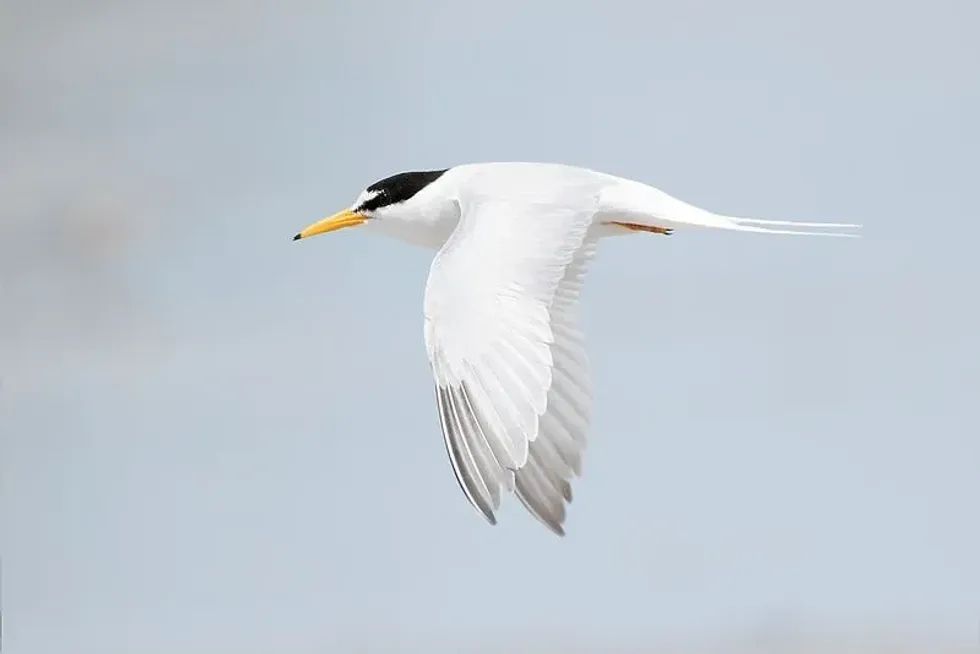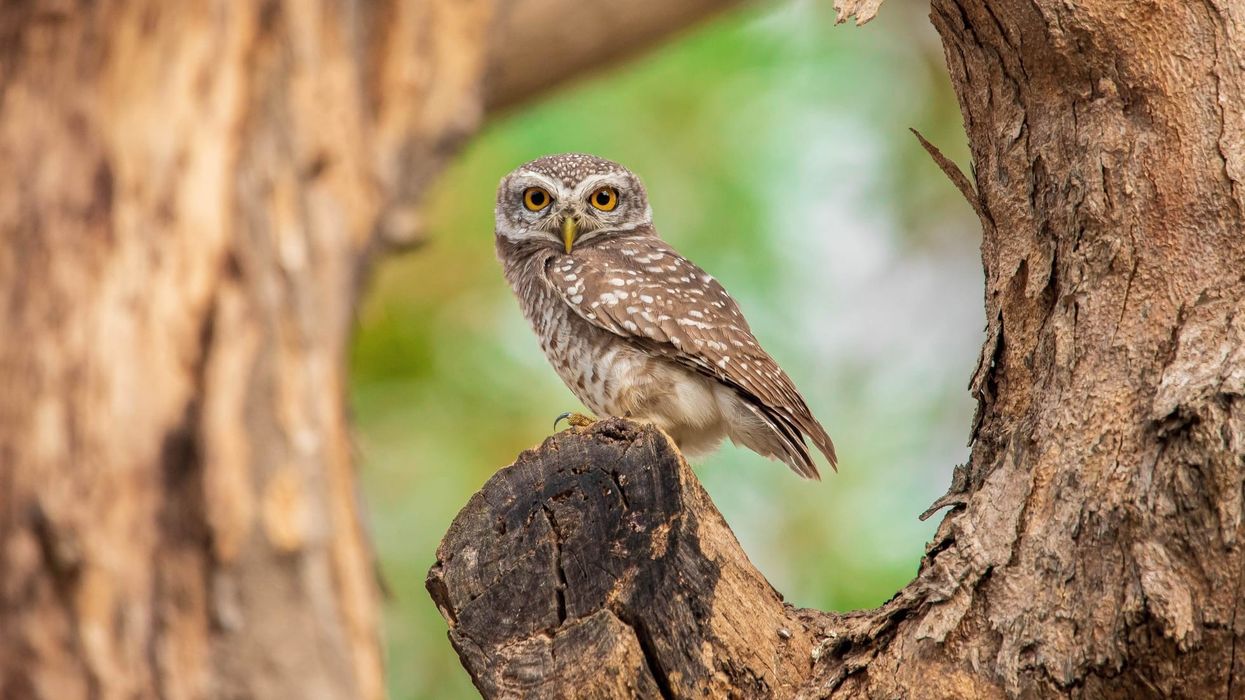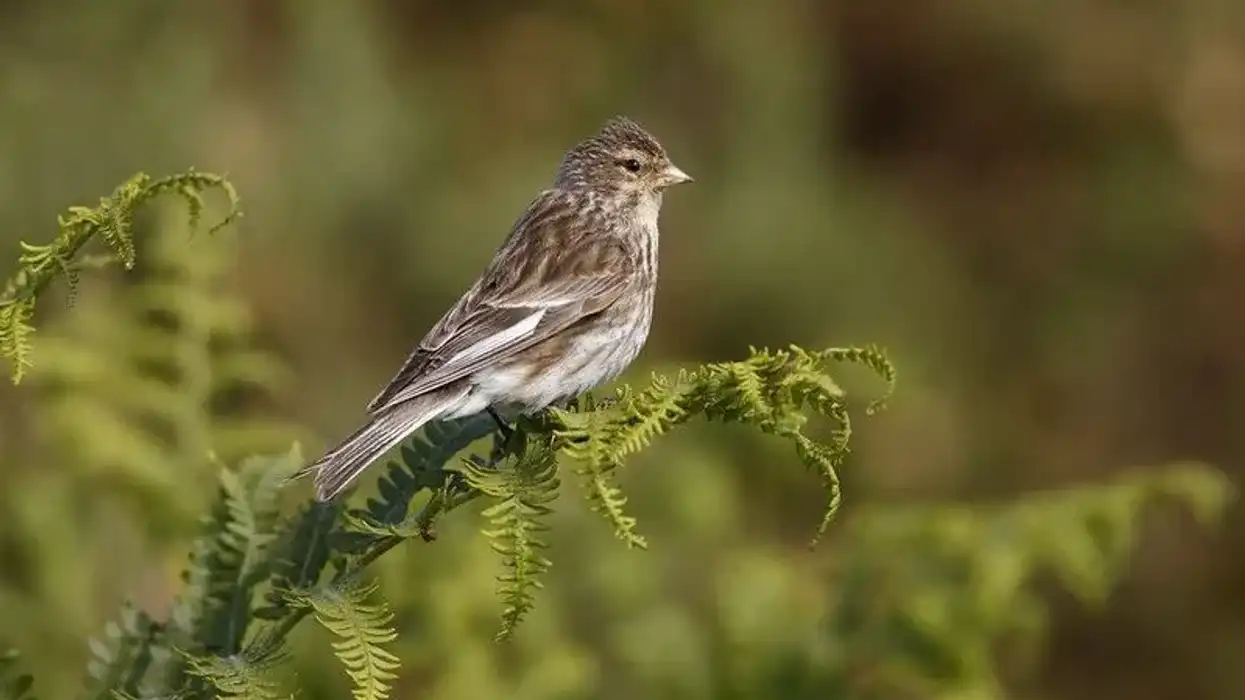Are you a bird enthusiastic and enjoys new facts about different bird species? Then don't miss the chance to know the interesting facts about migratory coastal habitat bird-little tern.
The little tern is also called a sea swallow, white-shafted ternlet, or black-lored tern. Little terns are strongly migratory birds and are gregarious species abundantly found in wetlands where fish fry are abundant. The little adult terns are often confused with common tern species but distinguished by black stripes extending from the shoulder to the wingtip.
Breeding is carried out on beaches, riverbanks, and lakeshores. This little tern was earlier placed into the genus Sterna but now belongs to the genus Sternula.
The word tern is extracted from its genus. The scientific name of this black cap bird is Sternula albifrons. Albifrons is a Latin word meaning white, and frons refers to the forehead.
To know more interesting facts about these little terns, go through the detailed content. For similar species, check out glossy starling facts and Gloster canary facts.
Little Tern Interesting Facts
What type of animal is a little tern?
The little tern is a sea bird that belongs to the Laridae family. Interestingly there are 100 species of a group of birds that belongs to this family of terns—often compared with gulls because both have a similar color.
But the gull has hooked beaks with longer legs, and the feet are not webbed, where astern has short legs with webbed feet and has straight beaks.
What class of animal does a little tern belong to?
The little tern belongs to the Aves class; birds belonging to the Aves class are cold-blooded vertebrates with high metabolic rates and lay hard-shelled eggs. Other birds in the tern family include the common tern, least tern, and elegant tern.
How many little terns are there in the world?
The global population of the little tern is estimated between 190,000-410,000 individuals (Wetlands International 2015). In comparison, the European population is around 71,900-106,000 mature individuals.
Where does a little tern live?
Little terns are coastal birds of the UK. However, their colonies are also found along the east and south coasts of Scotland and England, including Norfolk, Minsmere, Suffolk and Langstone Harbour, Hampshire, Blakeney Point, and Great Yarmouth.
The three subspecies of little tern are the nominate albifrons, guinea, and Sinensis.
What is a little tern's habitat?
It is a coastal bird; the little tern is found on beaches, sheltered inlets, lakes, estuaries, sewage farms, river mouths, deltas, and lagoons. This little bird is a migratory species that breeds on the coasts and inland waterways in temperate and tropical oceans and ranges to the southern part of South Africa and Australia.
Who do little terns live with?
A flock of terns is called a cotillion, a U, or a ternary of terns. The little tern is a social bird found living in groups and breeding in colonies on gravel or shingle coasts and islands. Sometimes they are found in large groups, almost 1000 individuals in a group. The non-breeding birds roost separately with breeding one.
Little terns are commonly observed to roost with other tern species, such as common terns, fairy terns, and white-winged black terns.
How long does a little tern live?
The life span of this little tern, Sternula albifrons, is around 23 years in the wild.
How do they reproduce?
The breeding season differs from geographical location but it is most common during the season when food is most abundant. Breeding in little terns is carried out in colonies on barren lands.
The breeding colonies are often noisy. They are defensive towards the intruders like cats and dogs in safeguarding their nest and the young ones.
During the courtship, the male is involved in calling and carrying the fish to attract the female. If interested, the female chases and accepts the fish back on the beach. Copulation begins after this process of offering food.
The clutch size is between two and four eggs, where the nest is a simple hollowed one. The eggs are stone-colored with small spots on them.
The incubation period is taken care of by both parents and is around 18 days. The chicks are taken care of until they are two months of age by both parents.
However, low breeding success rates are noticed because of nest failure, bad weather, and flooding of nest sites.
What is their conservation status?
As per IUCN, the conservation status of this short-tailed coastal bird species is the Least Concern. During the 19th century, there is a vast population of these birds and was common on the European shores. Still, its coastal population drastically decreased because of pollution, vulnerable breeding sites, and human involvement in habitat destruction.
As the bird population of least tern is maintained by ESA(Endangered Species Act), its population is steadily increased, and the current population of the least tern is 18,000 individual birds.
Little Tern Fun Facts
What do little terns look like?

German naturalist Peter Simon Pallas first described the little tern in 1764.
This tiny delicate tern is a migratory bird with a partial black cap with a white forehead with a black streak of eye patches, yellow-orange legs, but less colorful than the other tern species.
This bird species has black outer wing-edges, a white chest, and an underbelly; in contrast, the upper parts are pale grey and have a medium-sized forked tail.
The bill is in black with legs dull color and forehead seems to be exclusively white in the winter season.
While breeding, the bill becomes yellow, a crown is in black. In non-breeding plumage, the crown becomes mottled with white, and the bill is blackish.
How cute are they?
The little tern is one of the cute noble species with a pure white forehead and fluffy feathers, with a yellow bill tipped in black and yellow legs add a unique attraction to its looks.
How do they communicate?
These Sternula albifrons tern species are more spoken birds with a typical flight call a shrill repeated 'kik'. Their call is loud and makes a distinctive creaking noise.
During the breeding sites, these birds are noisy, and during the courtship, we can see the male species carrying a fish to attract a female species, which is also one way of communication display. While feeding, they make chit-chit rapid chatter.
How big is a little tern?
The little tern is a small white marine bird that is 8.26 - 9.4 in ( 21–25 cm) long and has a wingspan of 16.14 -18.50 in (41–47 cm).
How fast can a little tern fly?
A little tern flies fastly with steady beats of bent wings. The exact speed of the little tern is unknown. The speed of the other tern species like Arctic tern is 22 - 25 mph (35 - 40 kph).
How much does a little tern weigh?
The weight of the little tern is 0.10 - 0.13 lb (49- 63g). The male and female are almost the same size and shape. Its weight is three times less than a common tern. The weight of common tern is 0.26 lb (120 gm).
What are the male and female names of the species?
Like other bird species, the male little tern is called cock, and the female species are called a hen.
What would you call a baby little tern?
The baby of the little tern is called a juvenile or chick.
What do they eat?
The primary food of these birds is fish and fry. They also prefer small insects, annelids on the island grounds. Still, the primary diet consists of small fish and crustaceans, where they uniquely catch the fish by plunge-diving into the water, commonly from a saline environment.
Are they dangerous?
No, these little terns are not dangerous species. But during the breeding season, they become defensive.
Would they make a good pet?
As the little terns are a habitat of shallow water, coastal lands, and exceptionally migratory birds, keeping these tiny birds as pets are not suggested.
Did you know...
Little terns are among the species of birds on which the Agreement on the Conservation of African-Eurasian Migratory Waterbirds (AEWA) applies.
Arctic terns are the species that travel a lot and are blessed to see two summer seasons.
In little terns, the breeding is carried in colonies because building the nests on the ground is a risk factor, and the eggs become prey for predators such as cats and dogs. Breeding in colonies helps in avoiding the risk.
The nests of little terns are simple and found anywhere on the sand beaches, coral, or rock just above the high tide line. In the marshy area, the nests are of a platform of vegetations or shells.
This little bird is called a little picky as it is skillful in picking the fish from the sea.
Are little terns endangered?
Though the population trend of these species appears to be decreasing, these are not considered Endangered as the decrease is not rapid to include in the thresholds of Vulnerable under the range size criterion. However, because of this reason, the population of this migratory bird is at least concerned.
Where do little terns migrate to?
In the UK, the little tern is the smallest sea bird that migrates thousands of miles. The reason for this little tern migration is to nest during April-August.
These migratory birds spend winter in West Africa and travel to Britain beaches in the breeding season. Notice a lot of little terns turning up in Northumberland and Norfolk coastlines in the UK.
Here at Kidadl, we have carefully created lots of interesting family-friendly animal facts for everyone to discover! Learn more about some other bird from our interesting gnatcatcher facts or surprising giant kingfisher facts pages.
You can even occupy yourself at home by coloring in one of our free printable Little tern coloring pages.










